
Astonishing Taj Mahal Architecture
7 Astonishing Architectural Facts about The Taj Mahal
Shah Jahan moved heaven and earth to create a Paradise for his beloved wife, Mumtaz Mahal. He created not only a wonder for our world, but also amazing architectural breakthroughs. Here’s something about Taj Mahal’s architecture
Watch ‘Taj Mahal Architecture’
Or Listen to it
Rabindranath Tagore famously described the Taj Mahal as A Teardrop on the Cheek of Time and rightly so. When Shah Jahan’s beloved wife Mumtaz Mahal breathed her last he was devastated. Helpless and lonely, he slipped into deep mourning. Shah Jahan kept himself in solitary confinement. When he returned, his youthfulness had vanished leaving behind an old man with grey hair.
That’s when he decided to leave a sign of his eternal love for Mumtaz Mahal. It would be a symbol of love like no other. And wasn’t he successful!?
The Taj Mahal is visited by approximately 8 million people each year. It’s one of the 7 Wonders of the World. Even the best of camera lenses cannot hope to capture its true beauty.
What most of us miss when we look at this white gem is the game play of extreme mastery. Taj Mahal isn’t just paradise on earth but a complex where beauty meets intellect.
This monument and its gardens baffle and enthral architecture lovers even today. Way back in 1632, Shah Jahan overcame many difficulties to build a final home for his love. From battling the issue of creating a perfect design to making strong foundations to hold this marble beauty- he left no stone unturned. All in all, the Taj Mahal is beautiful, an optical illusion and the most romantic of gestures. And it took a mere 22 years to build.
Taj Mahal isn’t just paradise on earth but a complex where beauty meets intellect.
Here’s a list of 7 Really Astonishing Architectural Facts about The Taj Mahal
Love is Not Perfect, So Is the Taj
From the outside, every small gemstone interred in the white marble seems symmetrical. The perfection will get the best of perfectionists to their knees, yet there is one small glitch.
At the heart of the Taj Mahal, the tomb stone of Mumtaz Mahal rests in the centre. It is the most beautiful room in the entire monument. It was reserved for her and no one else. However when Shah Jahan died, his son decided to bury him next to his mother. And that spoilt the symmetry of the Taj Mahal.
As Shah Jahan rests beside his wife, the only Mughal Emperor to not have a mausoleum for himself. And while he rests, Shah Jahan is not in harmony with the rest of the monument.
The Paradise Gardens or the Charbagh
The Taj Mahal garden that we see today is not what was planted by the original botanists. The overall structure of the paradise gardens remains according to the original plan. Just the tree layout is different. Have you ever wondered why the Mughal Gardens look similar to an English garden? That’s because it is kind of an english garden.
The British played a role in re-designing the trees in the Charbagh. Once filled with Mango, pomegranate and more fruit tress, the British cut these down and planted a lawn instead.
Picture Curtesy- Krupasindhu Muduli
The Mughal Gardens are made to represent paradise or Jannah. The Arabs believed Paradise or Jannah to be a place with abundant food, water and greenery. Privileges like these weren’t available in the arid desert they come from. The Charbagh, as the name suggests, is divided into 4 parts. These parts are divided by four streams representing the four rivers in Jannah: water, honey, milk and wine.
The ground plan of the Taj Mahal and its garden is a mirror splitting image of the market area, thus making it look like a reflection, if seen aerially.
Strong Foundations of Taj Mahal
Needless to say, the Taj Mahal weighs a lot in all its glory. It’s very difficult to construct such a huge and heavy model on a river bank i.e. the Yamuna river. The Mughals used a technique still in use today. They dug wells in the earth’s hard surface, below the river bed. These wells were filled with stone and gravel lined with timber and other materials. I would like to point out that they didn’t have special machines to do this.
Above this well-like foundation, a wooden structure was built. This structure supports the Taj Mahal.
Wouldn’t wood rot? Apparently not. They used Ebony wood which is an element which associates with all the five elements- fire, water, earth, air and sky. Ebony doesn’t rot if the humidity is kept constant. However due to the decrease of the water level in the river which the Mughals didn’t foresee, the Taj Mahal was under threat of collapse. Today’s new engineers helped solve problems. New projects to save the Yamuna also helped pump life back into the river and keep the Taj Mahal safe.
Not Really Erect Minarets
Have you ever drawn a line which was so straight that it appeared slightly bent?
The Taj Mahal uses this exact principle. If the four minarets of the Taj were at 90º from the surface, they would appear to tilt. However these minarets lean 2º outwards giving an illusion of being at right angles.
This is also a trick to save the heart of the main structure protecting Shah Jahan and his lady love. In case of an earthquake or disaster, the minarets would fall outwards keeping the monument safe and sound.
The Taj Mahal Is Not Original
The Taj Mahal’s design is not as original as it can be. It is rather an amalgamation of a few Indo-Islamic monuments in the Indian Subcontinent. Shah Jahan had clubbed together a few features from each of these monuments to make the ultimate Taj Mahal.
The idea of the minarets comes from his father, Jahangir’s mausoleum now in Pakistan. The front facade from Akbar’s Mausoleum. A few inspirations from the first marble monument in India, Itmad-Ud-Daula have all found a way into the Taj Mahal’s design.
Taj Mahal’s Italian Influence
The famous gem stone intricate designs on the Taj Mahal are done in a fashion called Pietra Dura.
Shah Jahan was open to new visitors on his land. The Europeans came to India for cloth and spices. As culture and traditions were exchanged, the art of Pietra Dura came to India. So fascinated was Shah Jahan by it, that Pietra Dura found its way on the walls of the Taj Mahal. It created an entire industry in Agra and its surrounding areas called Parchinkari. Today the 18th generation of the artisans still continue the legacy.
Balancing the Dome
The huge centre dome of the Taj seems to float in thin air. Although it looks small in front of this colossal marble beauty, the dome is 35 metres high. The Dome is geometry at play. It is a double dome meaning that the outside dome is just for the looks. On the inside, you’ll find a false ceiling. This balances out the proportions. Furthermore the entire weight of the dome is shifted downwards on the structure facilitating its balance.
These were 7 Really Astonishing Architectural Facts about The Taj Mahal. It is truly a place where beauty, tranquility and deep ingenuity meet- a Paradise on earth, made with love.
Wait up, here is a surprise for you 👇🏼
Bonus Fact About Taj Mahal Architecture:
The Great Gate of the Taj Mahal plays with your head. When you stand at the entrance the Taj Mahal appears to be very close, almost on your face! Once you get closer to the gate, the Taj keeps getting farther and farther away. This is an optical illusion, since the entrance and this monument are in an exact line. It is said that when you leave, you take a piece of Taj Mahal with you.
Another Bonus Fact About the Taj Mahal:
Did you know that the two tombs in the centre of the Taj Mahal are hollow? The real tombs of Shah Jahan and Mumtaz Mahal lie under the entire structure, undisturbed by the millions of tourists.
Picture Curtesy- The original uploader was Donelson at English Wikipedia
Hope you enjoyed Taj Mahal Architecture.’ Are you baffled or did you know these facts? Comment below and let me know:)
———————————-
Share the Taj Mahal Architecture facts with your friends
Read more similar articles:
5 Must See Historical Places in Delhi
An Unconquerable Fort: Daulatabad Fort
———————————
New to GiGlee?
Stay in touch for more articles like ‘Taj Mahal Architecture’: Subscribe to the weekly email here.
NOTE: The Bibliography for this post is missing. Please help us credit the sources that deserve it. If you believe your work, or a work you know of needs to be cited here, please write to editor@giglee.in to inform us. DISCLAIMER: The intention of this article is not to hurt anyone's sentiments. The thoughts expressed in the article are purely those stated by the author of the work. The information provided on this website may not be complete, reliable, accurate and/or updated. The details you share with the website will not be shared or sold. We are not liable if in case of theft, your data is stolen. The content on this website is provided without any warranties whether express or implied. If you have a doubt, query or complaint please write to editor@giglee.in and we shall respond as soon as possible.




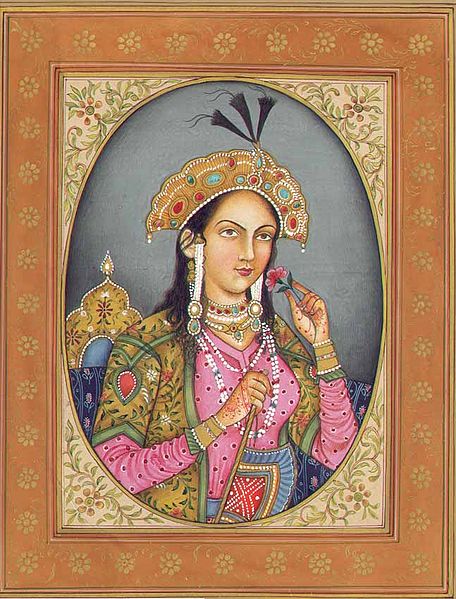
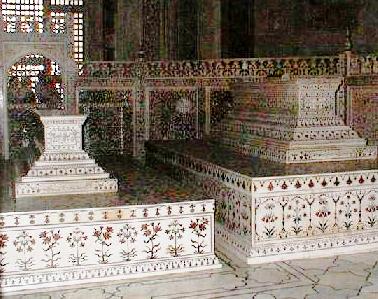
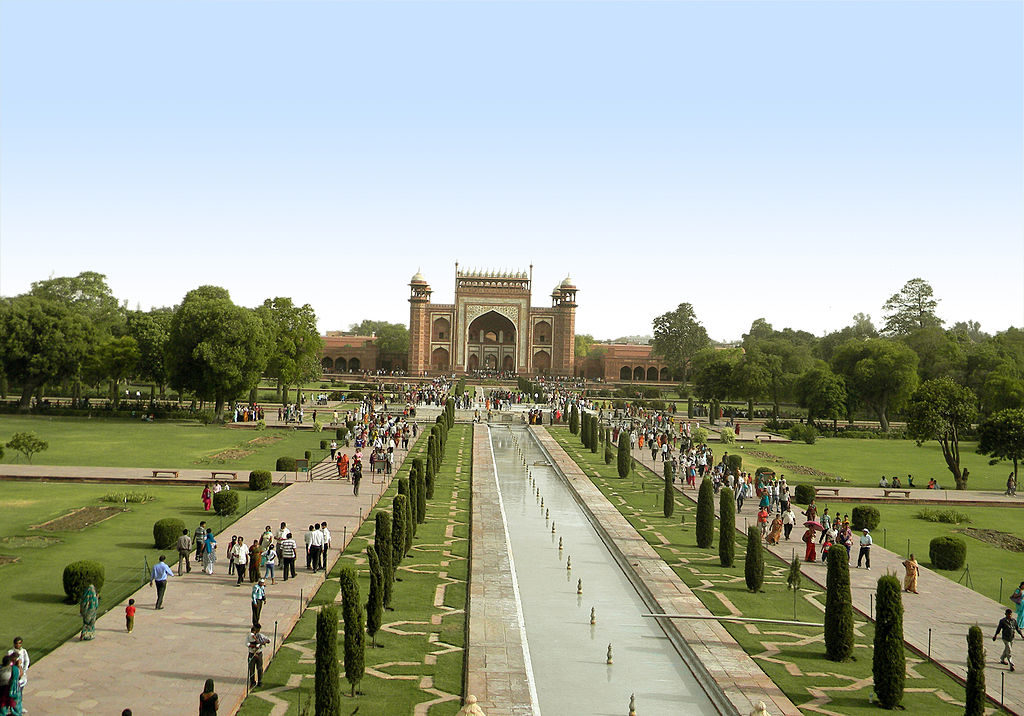

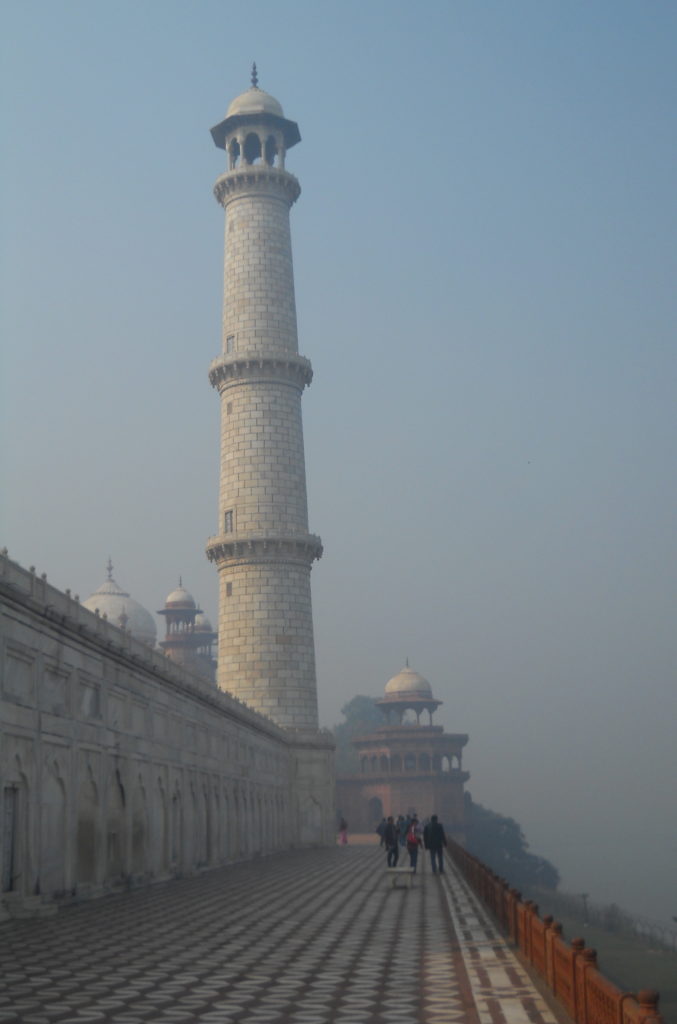
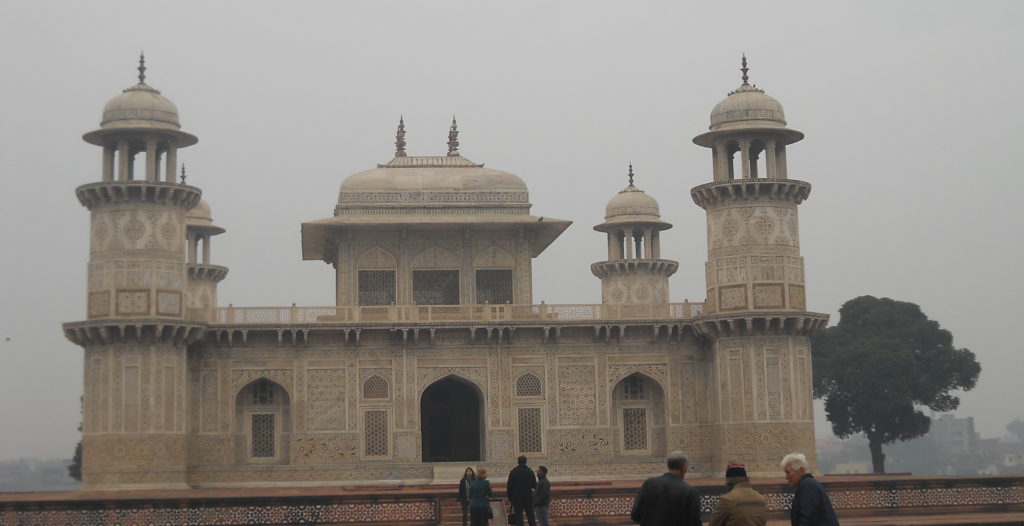
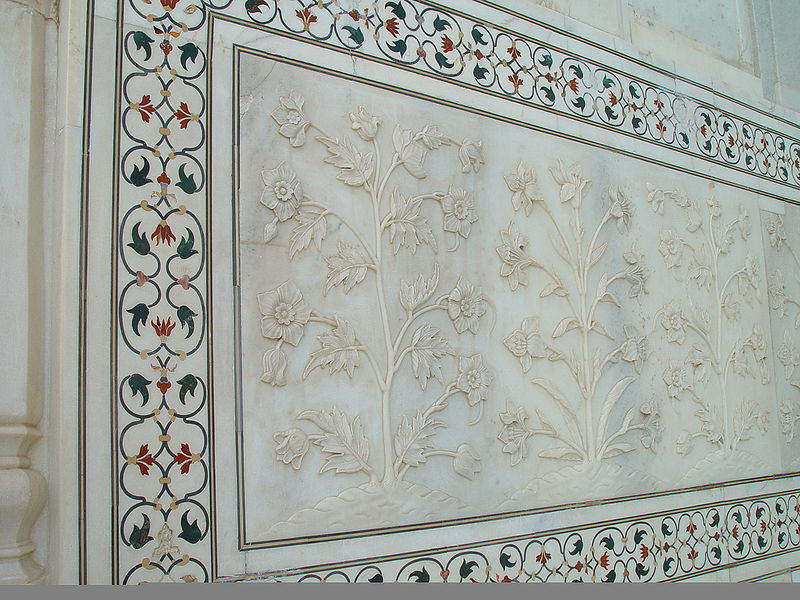
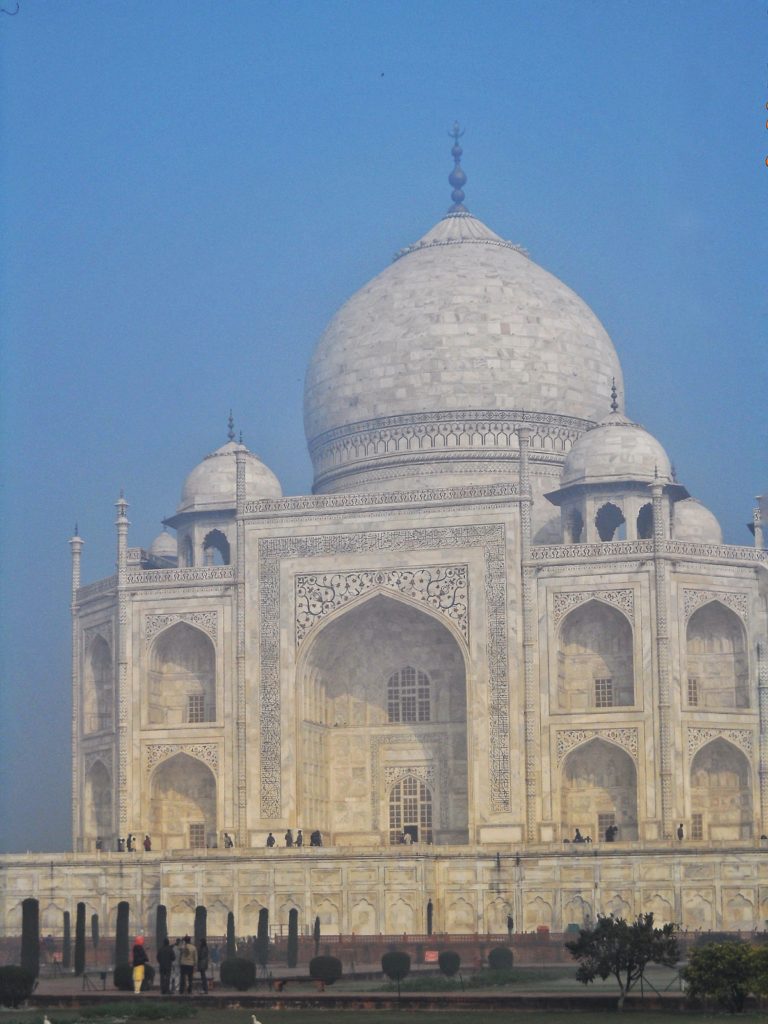




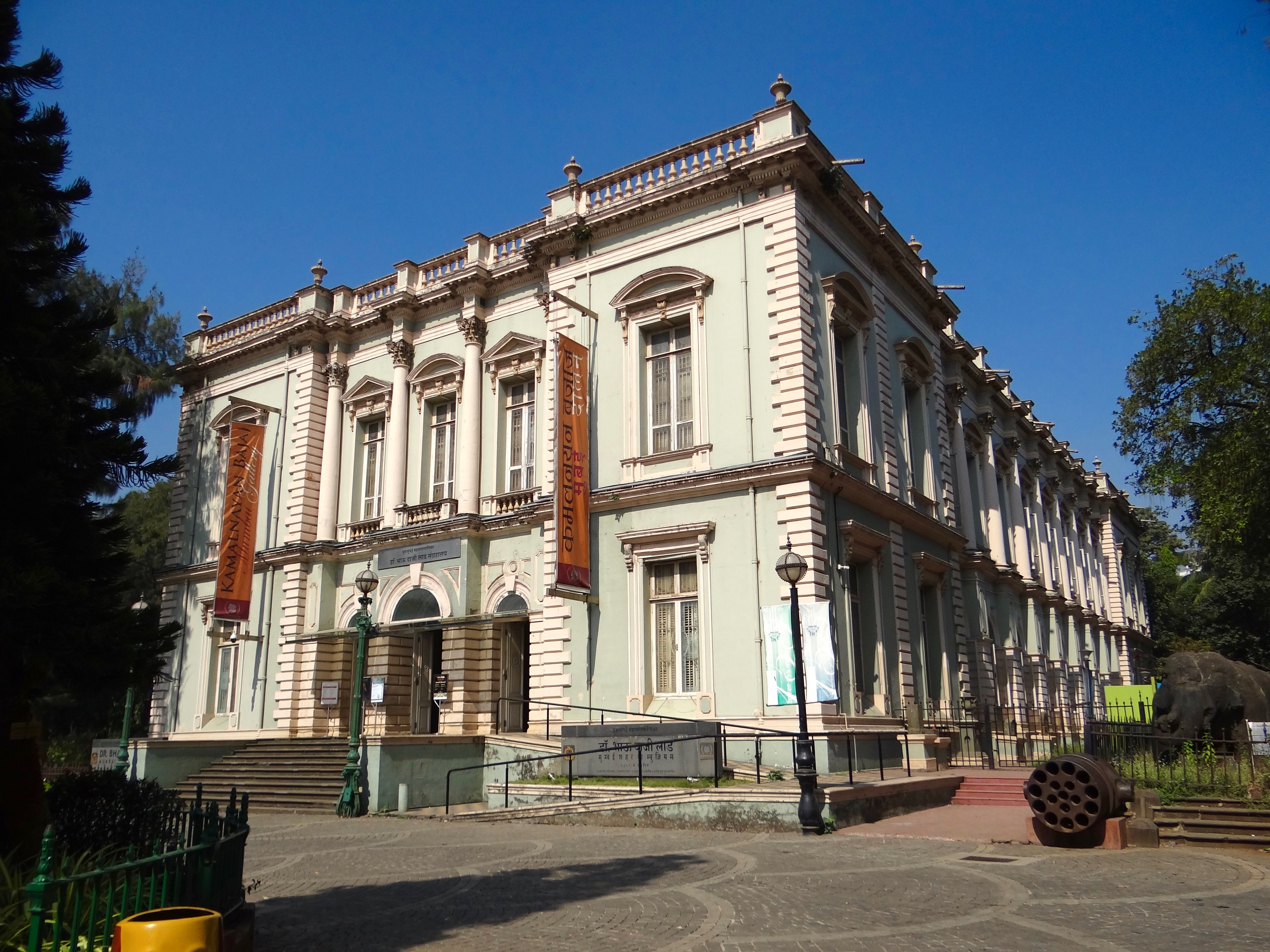

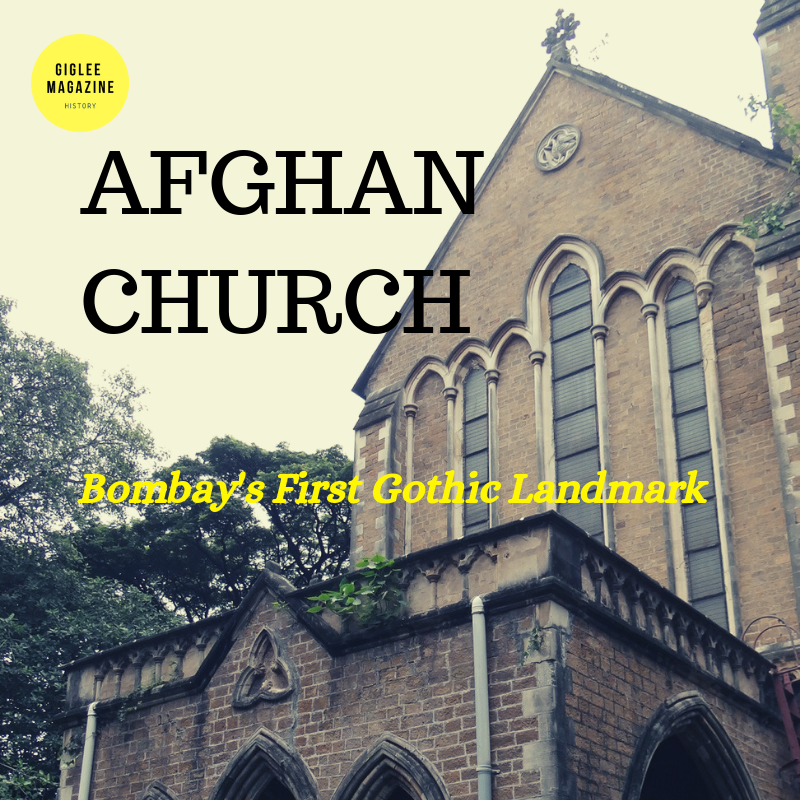
Comments
Very Informative Blog and really good article Indian Historical Buildings. thanks for sharing such a good article.
Thank You for your encouraging words. I am glad you found the blog interesting.
-Shanaya Wagh, editor